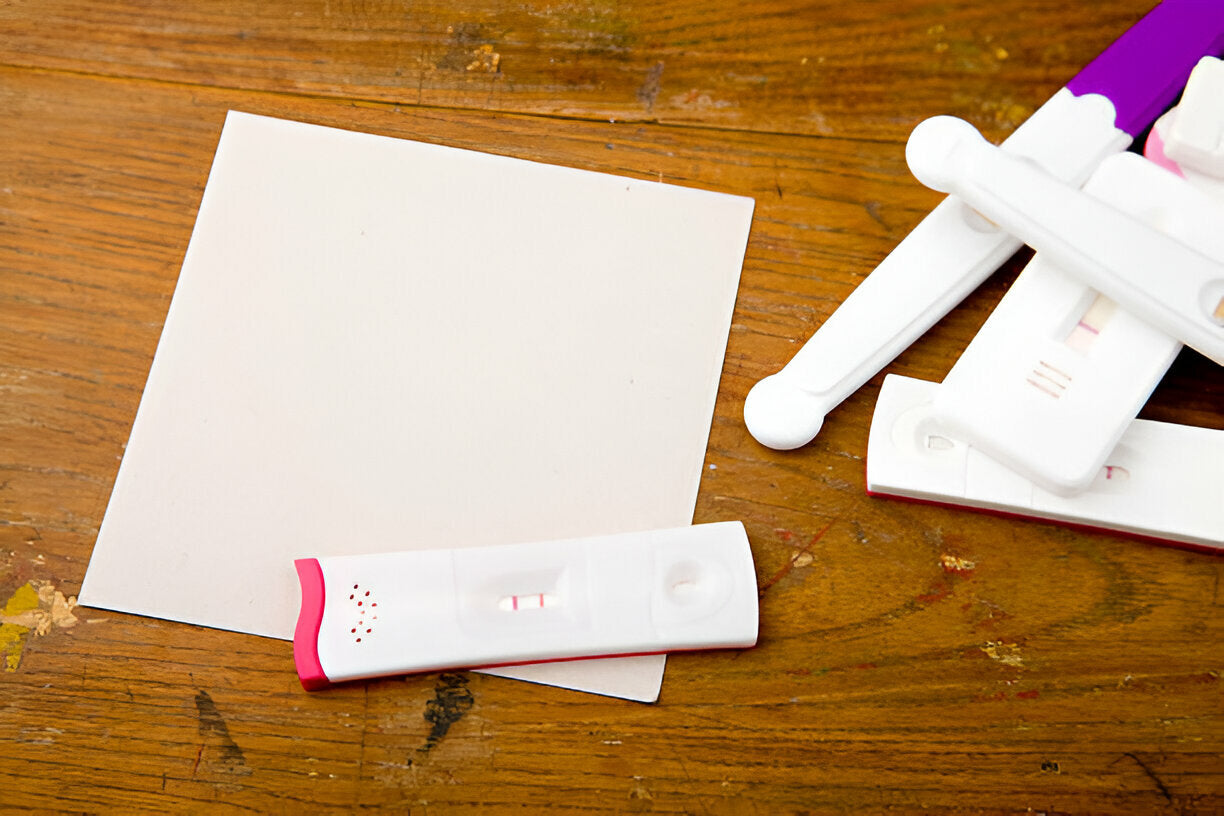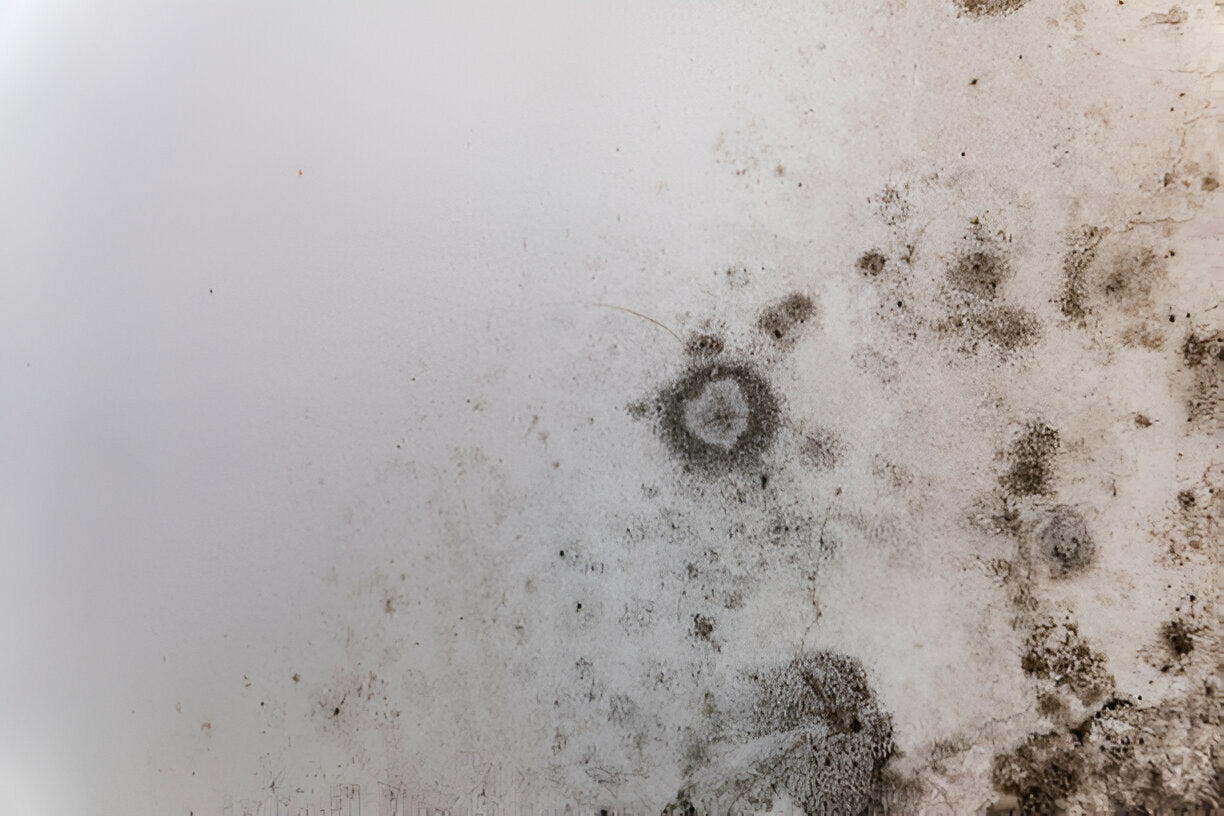Winter Mold Prevention and the MycoTest Solution
Winter is a time when many of us retreat indoors to escape the cold, but the cozy, warm, and sometimes damp conditions in our homes can create the perfect breeding ground for mold. Understanding why mold grows in winter, how to prevent it, and what to do if you find it is key to maintaining a healthy living space during the colder months.
Why Does Mold Grow in Winter?
Mold growth in winter is often triggered by excess moisture and limited airflow inside homes. Common causes include:
- Condensation: When warm indoor air meets cold surfaces like windows or poorly insulated walls, condensation forms, creating moisture that mold thrives on.
- Freezing Pipes and Bursts: Winter's freezing temperatures can cause pipes to burst, leading to water damage and damp conditions, which increase the risk of mold growth.
- Leaks and Water Intrusion: Winter storms, ice dams, or melting snow can result in roof leaks or water seeping into walls and foundations.
- Limited Ventilation: With windows and doors closed tight to keep the cold out, moisture becomes trapped, creating an ideal environment for mold.
- Humidifiers: While useful for comfort, overuse of humidifiers can increase indoor humidity, fostering mold growth.
How to Stop Mold in Winter
- Control Humidity: Keep indoor humidity below 50%. Consider using a dehumidifier in areas prone to dampness, such as basements or bathrooms.
- Insulate and Seal: Properly insulate cold surfaces like windows and walls to reduce condensation.
- Increase Ventilation: Use exhaust fans in kitchens and bathrooms and periodically open windows to improve airflow.
- Address Water Issues Immediately: Repair any plumbing leaks or water damage caused by freezing pipes or roof leaks as soon as possible.
- Clean and Maintain: Regularly clean areas prone to moisture, such as bathrooms, kitchens, and basements. Wipe away any condensation and dry damp areas promptly.
What to Do If You Find Mold?
- Small Mold Growths: For minor mold spots, clean the area with vinegar or a diluted bleach solution and ensure it dries completely.
- Larger Infestations: Extensive mold problems may require professional remediation services.
- Test for Hidden Mold: If you suspect mold in hidden areas, use MycoTest’s Home DIY Mold Testing Kit to collect samples and identify the issue quickly.
MycoTest – Your Winter Mold Solution
MycoTest offers convenient, professional-grade DIY mold testing kits designed to help homeowners, contractors, and professionals detect mold without the need for costly inspections. When you use a MycoTest kit, you’ll receive lab-verified results within one business day of lab receipt. Plus, MycoTest provides a free 10-minute follow-up call to help you interpret your results and determine the next steps.
If your test results indicate a mold problem, MycoTest can connect you with in-network specialists, including contractors who handle remediation, plumbing, leak detection, and rebuilding after damage caused by freezing pipes or water intrusion.
Preventing Mold Year-Round
To minimize mold risks throughout the year:
- Keep gutters clear to prevent ice dams and water pooling.
- Ensure proper ventilation in attics and crawl spaces.
- Regularly inspect your home for water damage, especially after winter storms or freezing temperatures.
Take Action Against Mold This Winter
Don’t let mold compromise the health and comfort of your home this winter. Whether you’re dealing with condensation, a burst pipe, or water intrusion, MycoTest’s DIY kits offer a fast and reliable solution to detect and address mold problems before they escalate. Stay proactive and keep your home safe, dry, and mold-free all winter long!






